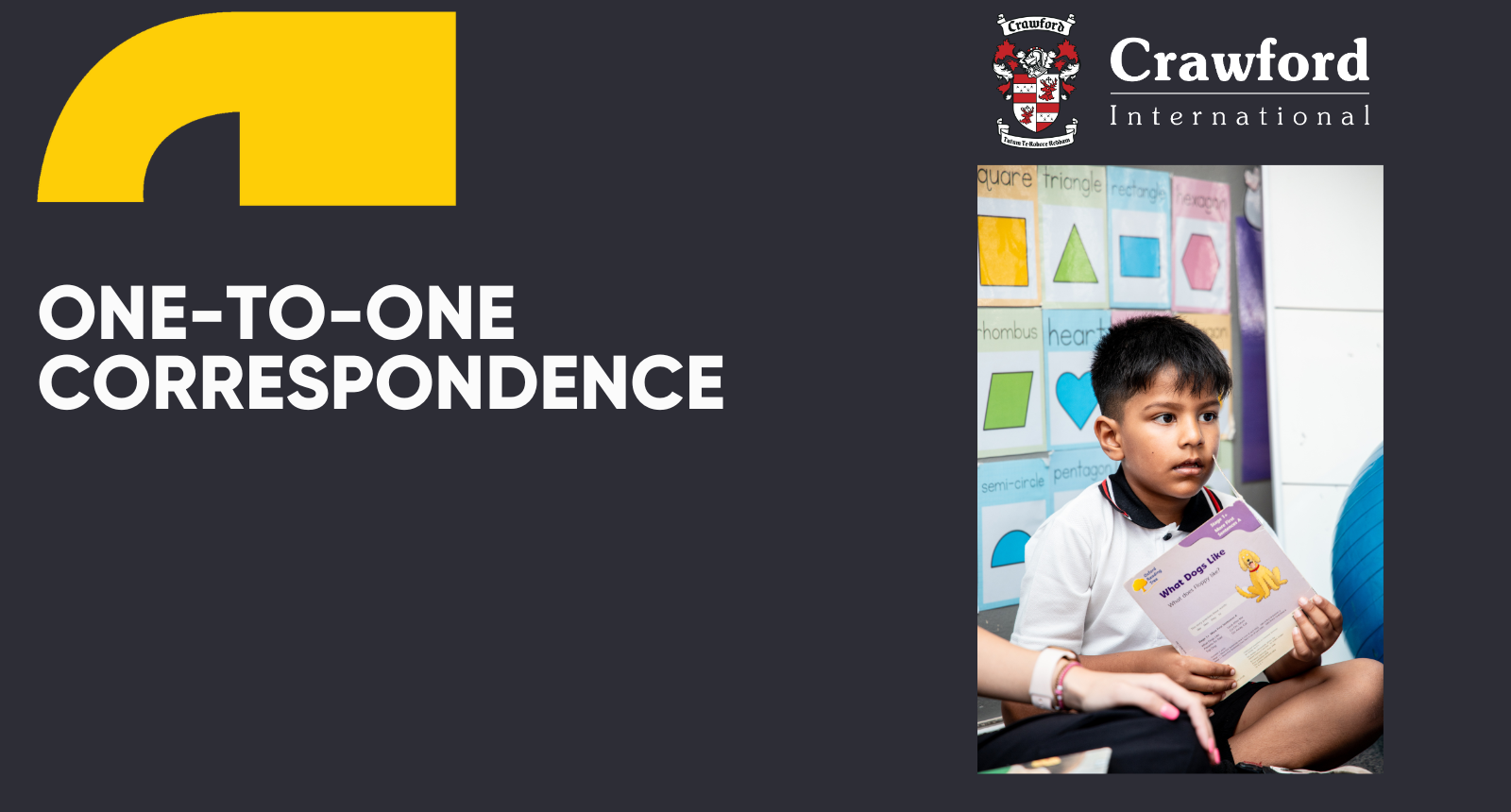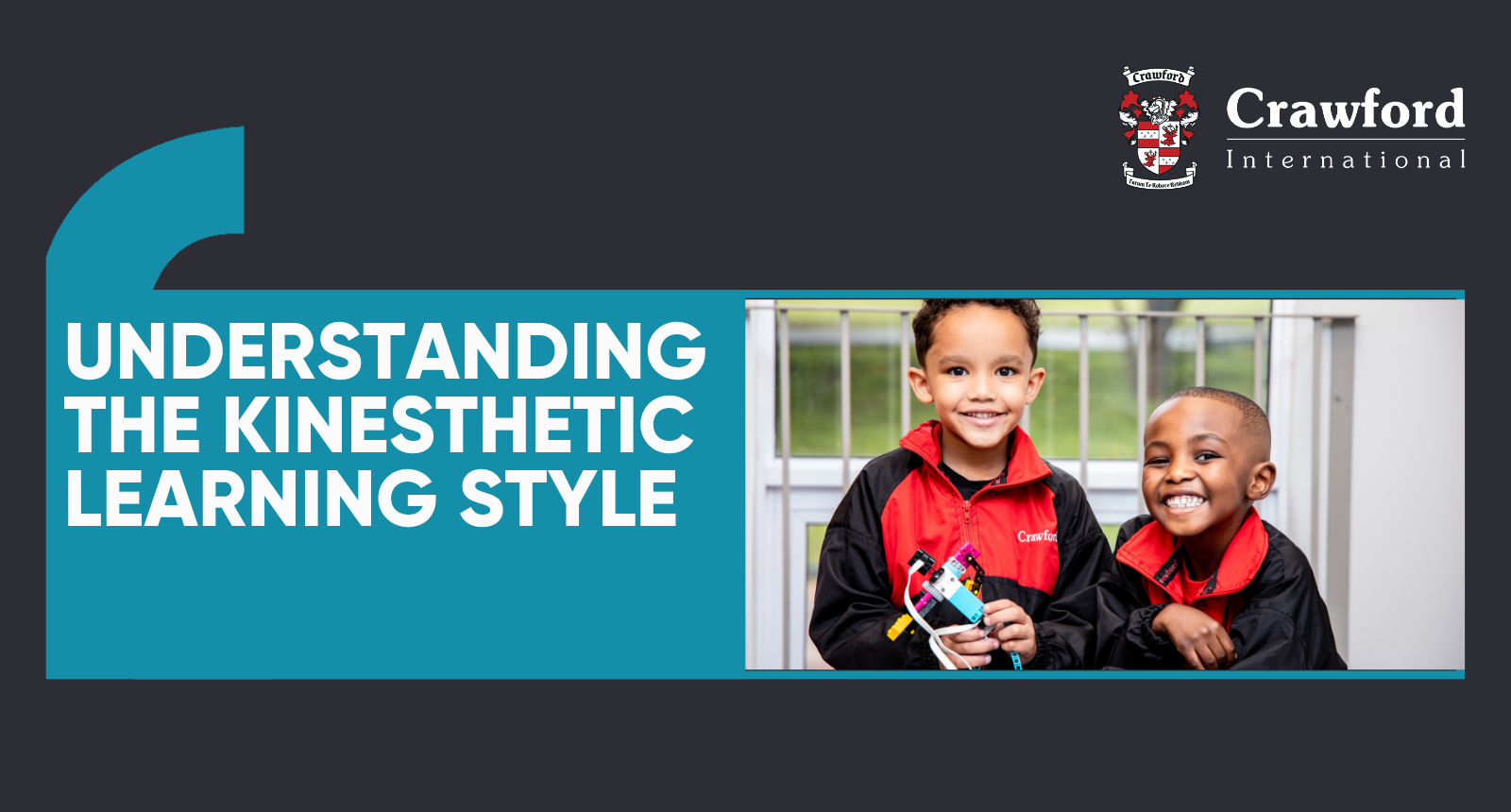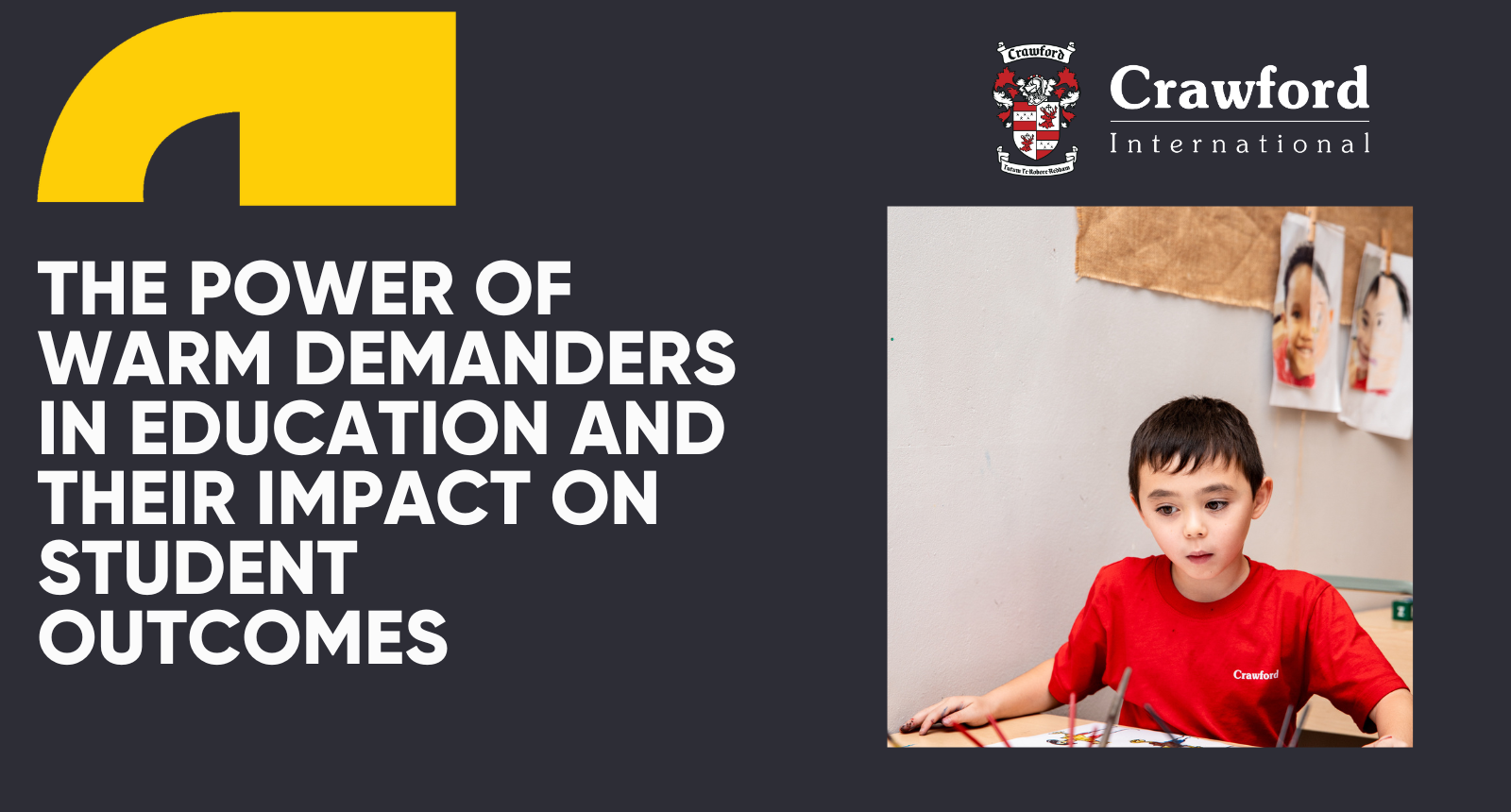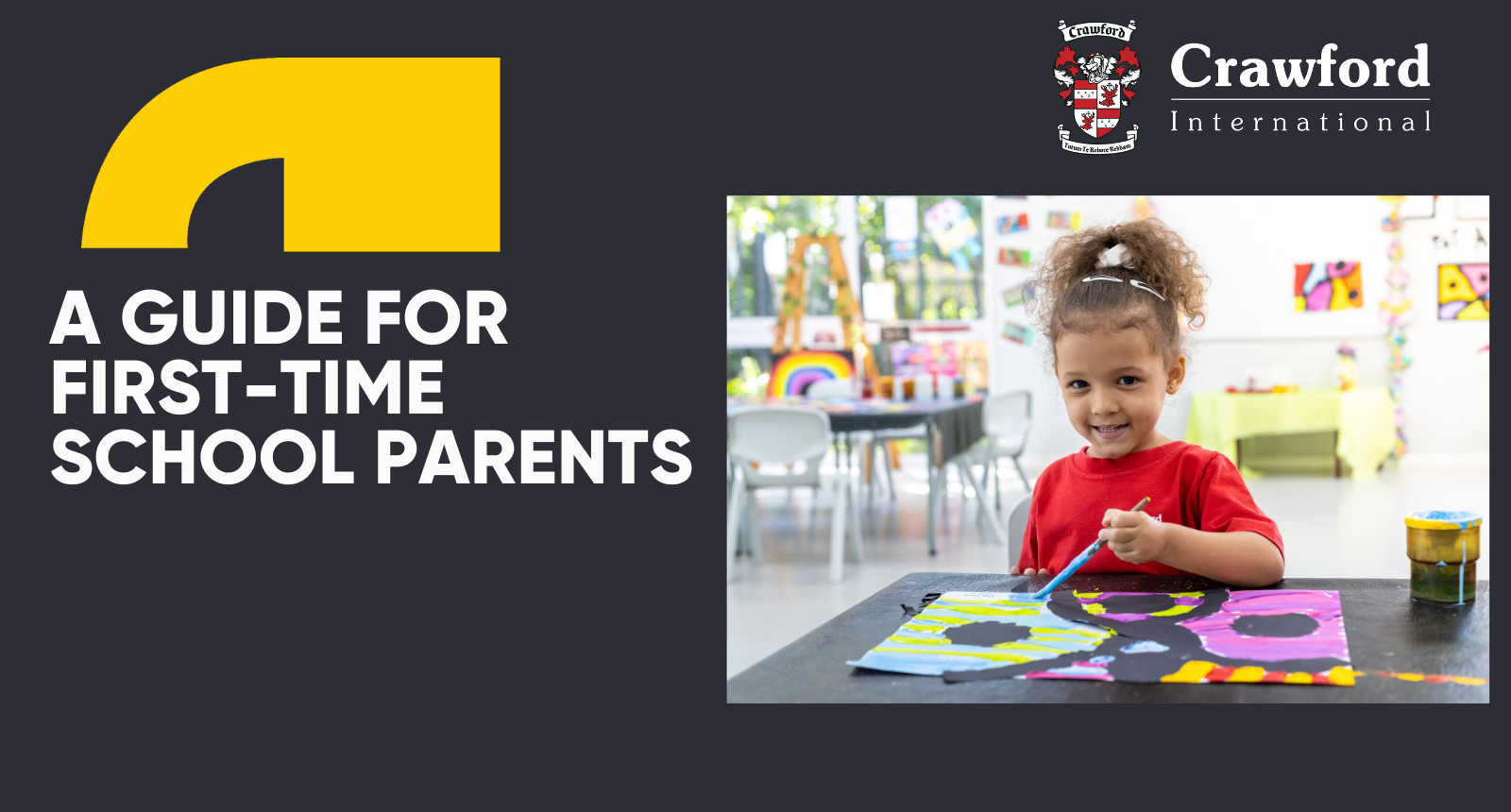How to keep your child safe while on the internet
Reinhard de Klerk • June 5, 2020
How to keep your child safe while on the internet

The world today is an ever-changing organism. The rate at which new inventions in technology is developed outstrips that of even 5 years ago. No smartphone existed before 2007 and yet the technology advancement of the past decade has been so vast and has occurred at such an accelerated pace that the lowest end model of the Apple iPhone range today, makes the technological wonder of the first iPhone launched on 29 June 2007, look like a child’s play phone.
With this accelerated growth has come the advent of wireless connection to the internet and every major companies drive to make themselves relevant in an online age where there is almost instantaneous connection to the internet where the vast majority of the developed world has access to this highway of information.
Google and Facebook, and very recently Tesla are in a race to make wireless internet available to every part of the earth and is no longer a matter of if but rather when. This means that an additional 3 billion people will suddenly have access to this super highway, with even more innovation and advancement that will happen with this.
But what does all of this mean? Why is it relevant to an article on internet safety? Simple. The internet will become a far more dangerous place and this in a world that has become more and more tolerant of the bizarre and macabre. A world that is already desensitised to nudity and sex. How do we keep our children safe in an environment that they need to access on a regular basis for information, communication and social interaction? How do we educate them on what is safe and what they should avoid? This will become an ever evolving set of questions as companies who trade in the extreme become more and more clever on how they sell and package their goods, how they reach the innocent, to get them hooked and addicted. How do we keep our children safe from predators that are using this medium as an avenue to prey on the young and the innocent?
Research has shown that adolescence represents a crucial period for the construction of personal and social identity. Nowadays, young people create their offline and online identity as an undistinguishable and complex Self. Adolescents, indeed, construct their online identity as an integration of their physical and virtual persona (Luca Pisano et al).
It is with this in mind that parents need to be cognisant of how their children will engage socially through their online identity and be vigilant when teaching their child about online safety and how managing their child’s online time.
Parents online outlines the following practical tips that every parent can follow to help their child in an ever changing and complex IT driven environment:
Limit usage. Permit your child to have free online time (i.e.: 30 minutes right after school) to instant-message friends, play games, or visit social networking sites, but make it a rule that family time starts with dinner. After that, the computer is used for homework and it's an IM (Instant Messaging)-free zone.
Keep kids in sight. Have the computer centrally located. Your child is less likely to browse questionable content if they know Mom or Dad (or brother or sister) might walk by at any second. This helps you monitor time spent online, chosen activities, and resultant behaviour.
Do your homework. Check their browser history to know where your child goes online, and check the sites regularly. Children that know their way around can also easily get around this feature by using the browser’s incognito or private browsing mode. A parent can disable this option on the browser. Parents who are interested in this option can visit: https://www.thewindowsclub.com/disable-private-browsing-internet-explorer-chrome-firefox for a step by step guide on how to disable this feature on different browsers.
Anne Reeks in her online article adds the following advice to parents who wants to take an active role in ensuring that their children are safe whilst browsing or working on the internet. She highlights the following points:
Teach them to protect their privacy
• never to give their name, phone number, e-mail address, password, postal address, school, or picture without your permission
• not to open e-mails from people they don’t know
• not to respond to hurtful or disturbing messages
• not to get together with anyone they “meet” online.
Call on software for assistance
Parry Aftab, executive director of WiredSafety.org, a non-profit Internet safety and education organization with several websites mentions a key point to choosing the software that will work for you: “The key is to make sure you have something that reflects your values and is just technological help, as opposed to trying to take over your role as a parent,” so make sure you can make changes to fit your family’s needs.
These are some software tools that can be explored, but they are not free and comes with a cost, however, most offer a free trial period.
• Shutting out the smut (and other undesirables)
Net Nanny 10
https://www.netnanny.com
• Something to keep you safe online, too
Norton Internet Security
www.symantec.com
• Keep an eye on kid’s activities
www.kidlogger.net

A Lifelong Educator Mr Chris Herbst has spent 41 years in the classroom. With a Bachelor of Education from the University of the Witwatersrand, he has taught countless learners over the decades. He joined Crawford International Sandton in 1999 and currently teaches Afrikaans to students from Grade 8 to Grade 12. His role spans across five different year groups, a challenge he embraces. “I have my hands full as I navigate the excitement and challenges of teaching an additional language to five different grades,” he says. Why Teaching Still Matters For Mr Herbst, teaching is not a job. It is something he feels deeply connected to. “Teaching is my great passion and calling. The classroom is where I find my motivation and inspiration,” he shares. “When we have a really good lesson and I see our students leave having learned something new, or figured out a challenging concept, then I am motivated and inspired all over again.” These everyday moments keep him grounded in his purpose. They are the quiet victories that reaffirm his place in the classroom. Freedom to Teach with Meaning Mr Herbst values Crawford’s approach to learning, particularly the way it supports teacher agency and student-centred learning. “I love the fact that the focus is student-centred, and that as teachers we have the freedom and the responsibility to create a teaching and learning environment that works best for every learning need,” he says. He believes this flexibility allows for learning to become more meaningful. “If I identify that a particular topic or poem has piqued the interest of my class, I have the freedom to delve deeper and really explore the subject matter without being bound by rigid syllabus rules and time frames.” Connecting Language to the Real World Teaching Afrikaans in a school where it is often an additional language means finding ways to make it resonate. Mr Herbst understands that for many students, the subject may not come naturally. “For many students, learning another language may initially feel like a requirement rather than a passion,” he explains. To bridge that gap, he brings the language to life through content that students can relate to. “It’s important to integrate engaging, real-world content such as music, movies, and stories that align with the students’ interests.” These tools, he believes, help students see the language in context and build an emotional connection to it. A Teaching Legacy Over the course of his career, Mr Herbst has taught more than one generation in the same family. It is a milestone he reflects on with pride. “I have taught students who are now parents, and I am teaching their children today. It doesn’t get better than that.” But what stands out most for him is being remembered. “By far my biggest kick is when a past student recognises me and comes over to strike up a conversation and talk about their life and work after school.”
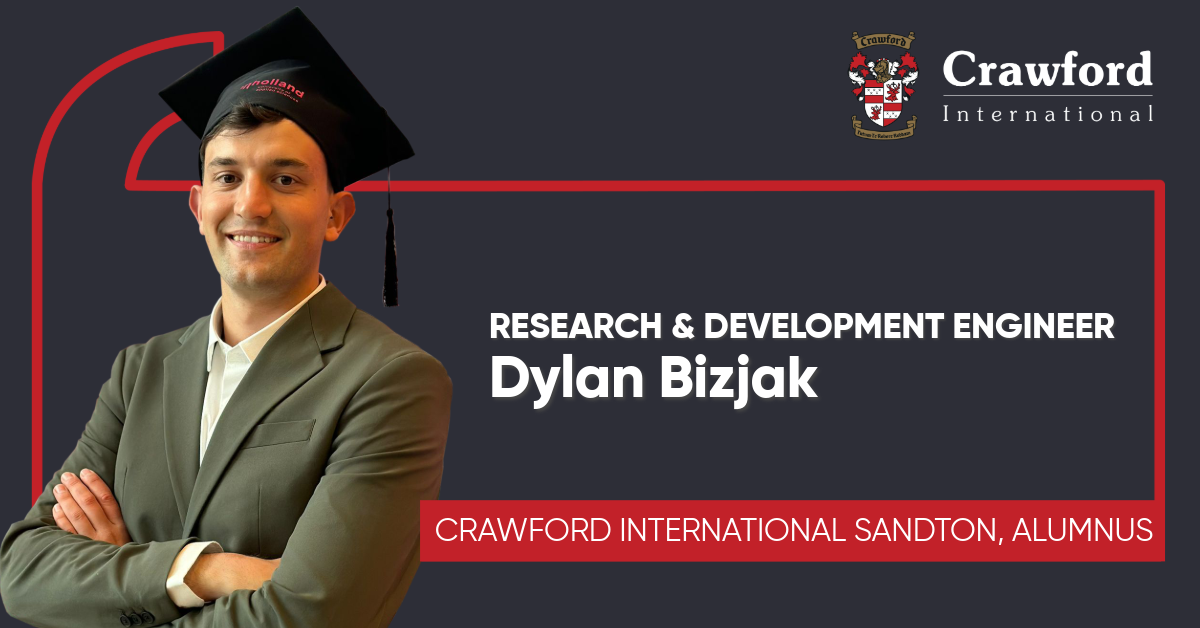
ALUMNI SPOTLIGHT: DYLAN BIZJAK Crawford International Sandton From the classrooms of Crawford International Sandton to the forefront of aeronautical engineering in the Netherlands, Dylan Bizjak’s journey is one of ambition, resilience and innovation . Pursuing a Passion for Engineering After matriculating in 2019, Dylan initially pursued Aeronautical Engineering at Wits University. However, six months into his studies, a new opportunity emerged, one that would take him beyond South Africa’s borders. He secured a place at Inholland University of Applied Sciences in Delft, Netherlands, where he embraced the challenge of international study, even navigating his first year remotely due to the pandemic. Now a graduate with a BSc in Aeronautical Engineering (2024), Dylan has stepped into the professional world, joining Eve Reverse, a pioneering start-up dedicated to climate-positive innovation. What began as an internship in his final year evolved into a full-time role as a Research and Development Engineer, where he contributes to the creation of sustainable, carbon-negative materials. His proudest achievement? Playing a key role in the development of the Eve Dry Tile, an innovative flax fibre material designed to reduce emissions and waste in manufacturing. Achievements at Crawford International Sandton Gareth Beach Award (2019) – Recognised for bravery, dedication, self-development and outstanding achievement in swimming. Sportsman of the Year (2019) – Acknowledged for excellence in swimming, basketball and boxing. Reflections on Crawford Dylan credits his time at Crawford for preparing him for both academic and personal success on the global stage. “Crawford’s approach equips you for university and beyond, whether in South Africa or internationally. It’s not just about academics but about becoming a well-rounded critical thinker and team player. Exposure to diverse cultures, teamwork, individuality and taking responsibility for my outcomes were invaluable lessons I carried with me.” Words of Wisdom To his younger self, Dylan would say: “Step out of your comfort zone sooner. Growth happens when you challenge yourself. Leaving home was tough, but the personal and professional growth was worth every stumble along the way.” Dylan’s story is a testament to courage, hard work and the power of embracing the unknown. From South Africa to the Netherlands, he is proving that the sky isn’t the limit, it is just the beginning.


